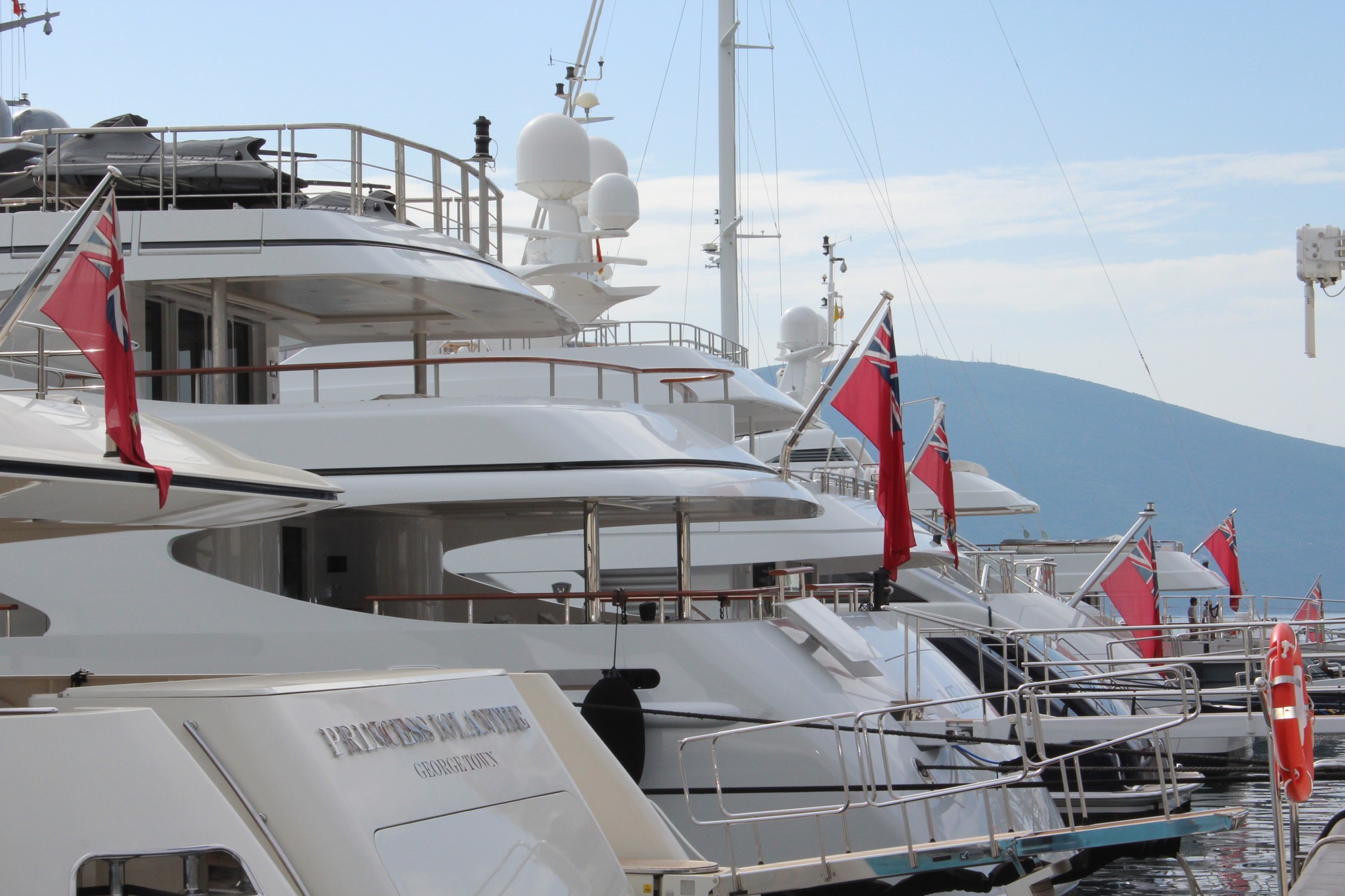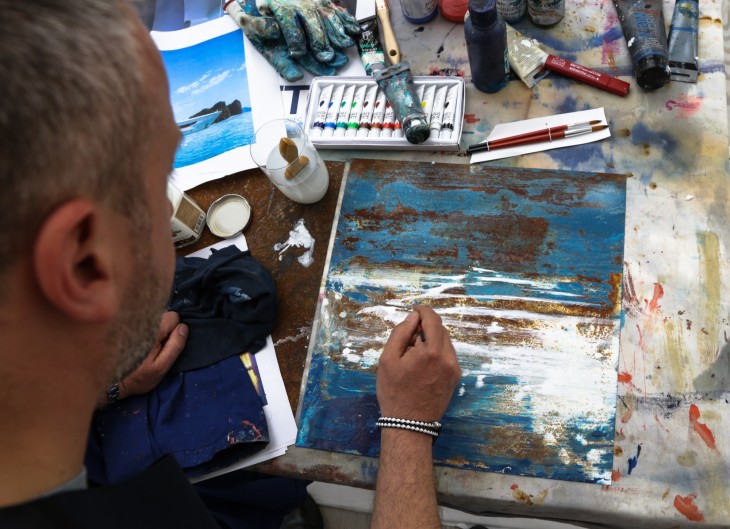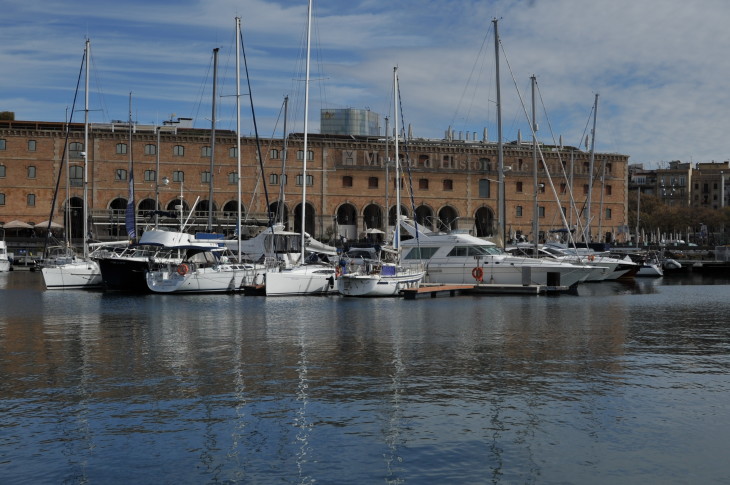The latest Knight Frank Weath Report, published in March, has some generalised data on one of the assets most prized by High Net Worths – yachts: how many, where they sail and so on. Unlike cars, yachts are not on the asset value list Objects of Desire because – presumably – they lose value. They are better seen as “investments of the heart” and on this, the report has a few words of caution about taking art on board and the tax implications. Behind this bare statement lies a web of extraordinary complexity – and several high profile cases of art being seized from alleged fraudsters such as Malaysian businessman Jho Low, of which more later.
Super-yachts, in short, have become floating art galleries, designed to showcase everything from antiquities to $multi-million works of contemporary art. The question of whether it is wise to keep valuable art on a boat with all the extra expense of insurance and conservation, not to mention tax issues does not arise because the owners of the yachts just want to gaze on their latest acquisitions. And why not? In theory an art collection is no more at risk on a $50million super-yacht than in a house. Temperature and humidity are kept constant and are maintained by a full-time crew of up to 50 people. How many homes can say that? At this level of luxury, even light will not normally be an issue.
High value items on a yacht will be insured separately – they may be worth more than the boat. They may also be fakes. “Insurance brokers will often suggest that you have something of exceptional value copied and put the original somewhere safe,” says super-yacht lawyer Jonathan Watson, a partner with MFB Solicitors, London.
There is of course the danger of your art being seized, not by pirates but by Customs & Excise (which some taxpayers consider the same thing) if you attempt to avoid paying duty on something that you have purchased in another part of the world. For this reason, some yachts hold auctions in international waters so that no VAT has to be paid, according to Servanne Sohier, editorial director of Yacht Investor magazine.
“There’s always art on super-yachts so they are custom built with designers advised to take this into account,” says Sohier. Custom made interiors will include display cases, plinths and alcoves – just as in a luxury home. “Yachts are far more friendly to art than in the past,” she adds. “They don’t necessarily have curved walls, some have very high ceilings and in general you would hardly know you were on a boat.”

Nor do the art and antiques you might find on a yacht differ much from what the owners have at home. A collection on board the Galactica Super Nova, curated by Bannenberg & Rowell, is composed of quirky contemporary items. Classic furniture and traditional oil paintings are equally popular. Art is also increasingly being commissioned for yachts.
“The Barbara Paci gallery has just hired Alessandro Busci and Michelangelo Bastiani, both of whom have exhibited at the Saatchi Gallery in London, to interpret a new 50 metre yacht called Project Maia that we are building,” says Sara Gioanola, who works with the shipbuilder Heesen.
Nonetheless, there’s a certain fascination with yachts and art and a feeling that this could be a way to hide assets arising from recent court cases.
Last summer, the super-yacht Equanimity belonging to Malaysian businessman Jho Low was seized, originally in Bali. Low, 36, now a fugitive, is accused of stealing billions from his country’s sovereign wealth fund 1MBD and using the money to buy real estate and yachts as well as an art collection that at one point contained works by Van Gogh Monet, Calder, Rothko and a $39 million Basquiat.
“We don’t know if valuable art was on the yacht,” says Watson. “But the insurance brokers probably do.”
A similar case is that of the Indian Empress, a super-yacht seized in Malta from Vijay Mallya, the Kingfisher boss in another financial misconduct case. Sold in September for Euros 35million, a number of items including valuable paintings that were on board were spirited away according to Watson.
Such cases raise interesting questions in a world where yachts, often with a complex web of ownerships, are transporting valuable art around the world from one jurisdiction to another.

You could sail into trouble if for example you have on board items such as the skeletons of extinct species as artworks. The same would apply to items subject to CITES, such as antique ivory and rhino horn. Antiquities and cultural heritage are both red zones today. In 2015 French customs seized Picasso’s Head of a Young Woman belonging to Spanish billionaire Jaime Botin from his yacht, Adix, moored in Corsica. Botin was attempting to remove the painting from Spain and sell it and appealed that the Adix was under a British flag, and therefore UK jurisdiction. This held no sway with the judges who deemed the work a Spanish national treasure and the boat subject to Spanish law nonetheless.
“There are a host of local rules and regulations governing the inventories of yachts,” says Watson. “They vary from country to country and even from port to port.”
All of which makes climate and light control seem the least of your dangers.



